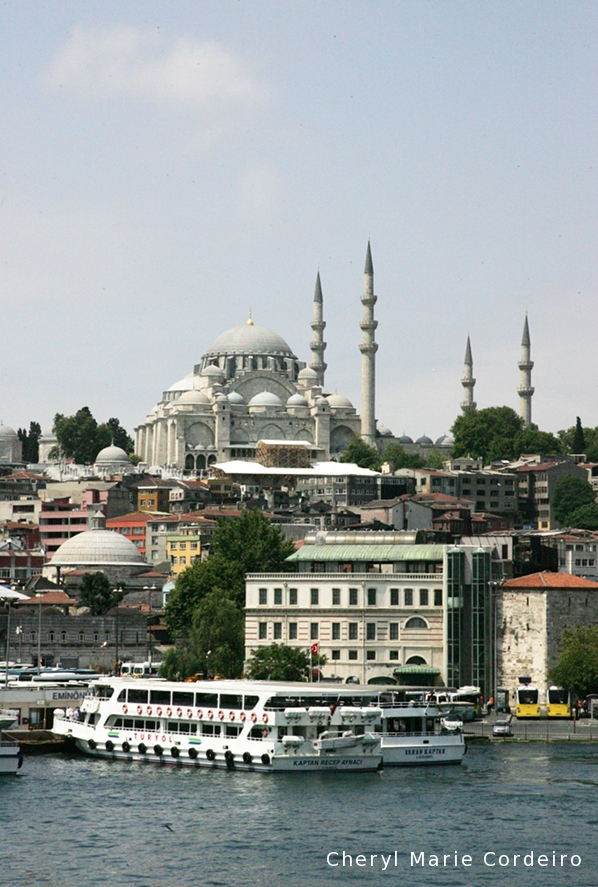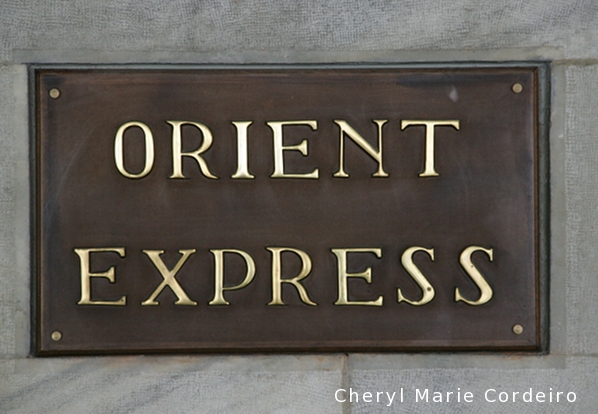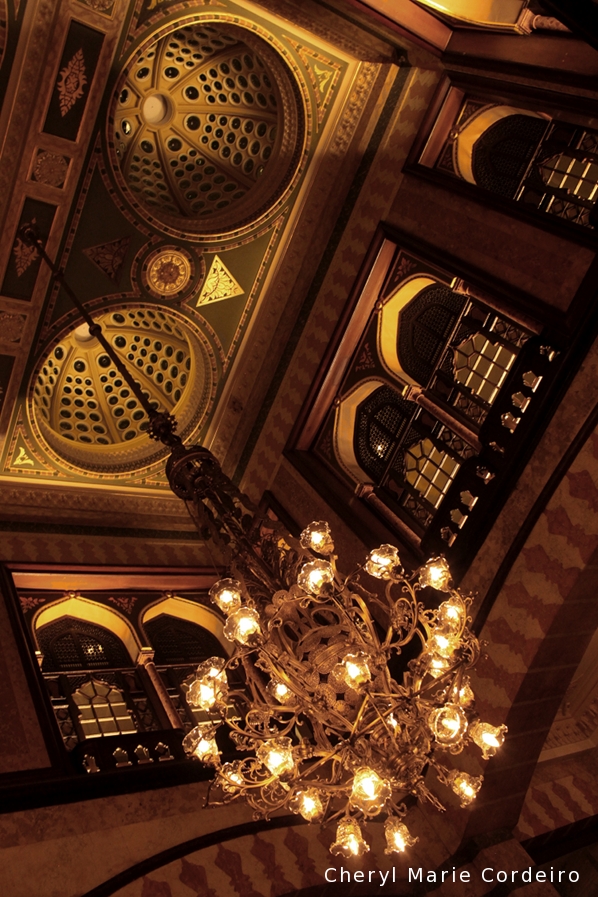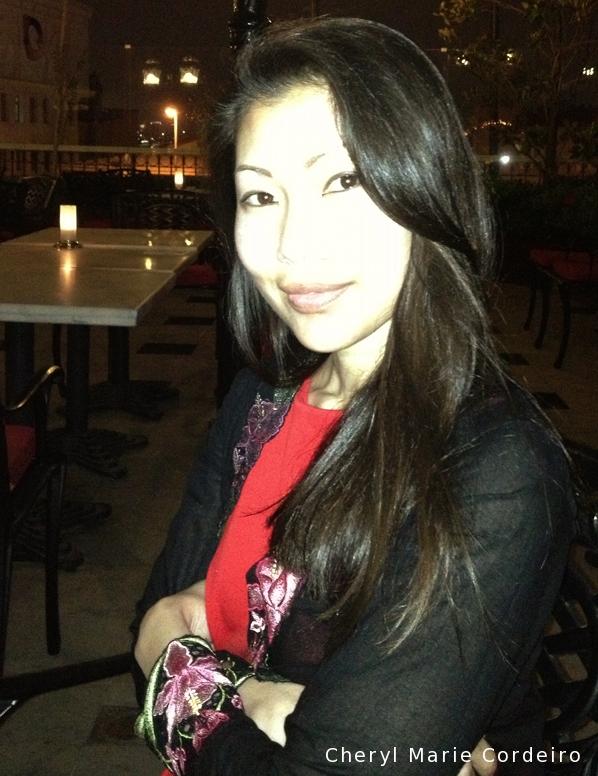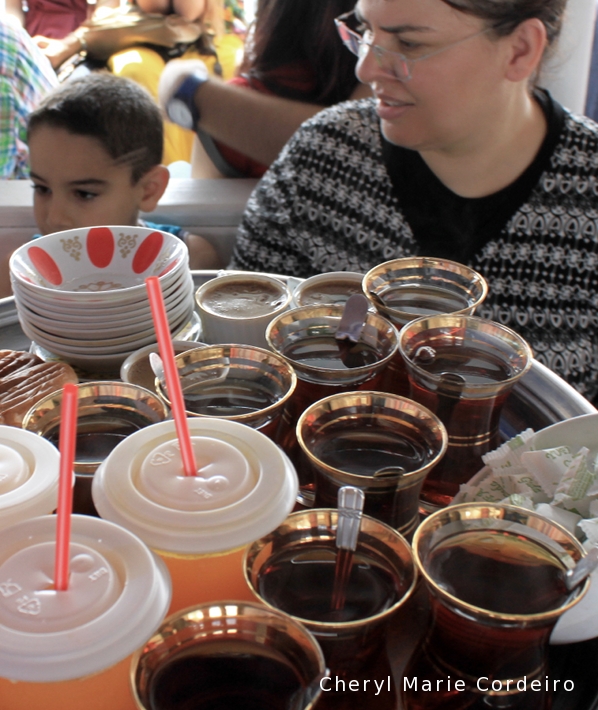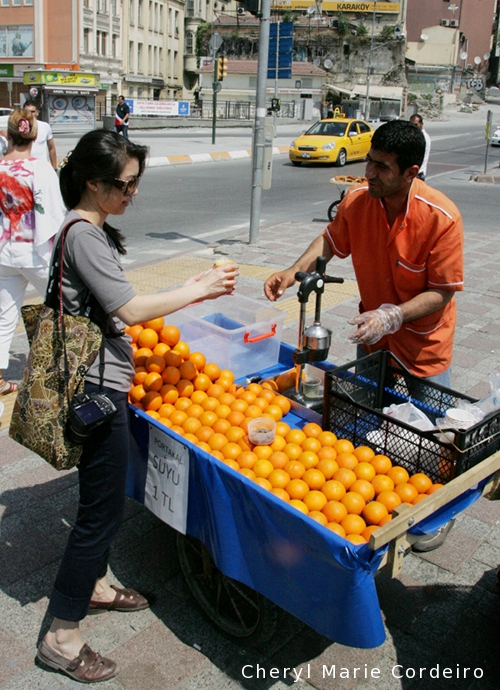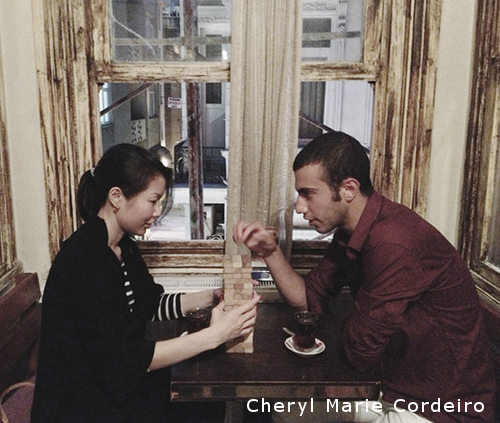The Süleymaniye Mosque from 1550 as seen from the Galata bridge
across the water of the Golden Horn. To the left, a corner of the Egyptian Spice market
Text & Photo © JE Nilsson, CM Cordeiro, Istanbul 2013
The Süleymaniye Mosque
Crossing the Galata bridge from Pera towards the Old City part of Istanbul, the Süleymaniye Mosque dominates the skyline. It dates to the 1550s and the era of the Ottoman Empire.
As with other imperial mosques in Istanbul, the Süleymaniye Mosque was designed as a complex with adjacent structures to service both religious and practical needs. The original complex consisted of the mosque itself, a hospital, primary school, public baths, a Caravanserai, four Qur’an (ethics and moral) schools, a religious (hadith) school, a medical college, and a public kitchen which served food to the poor. Continue reading “At the western end of the silk route, Istanbul 2013”
